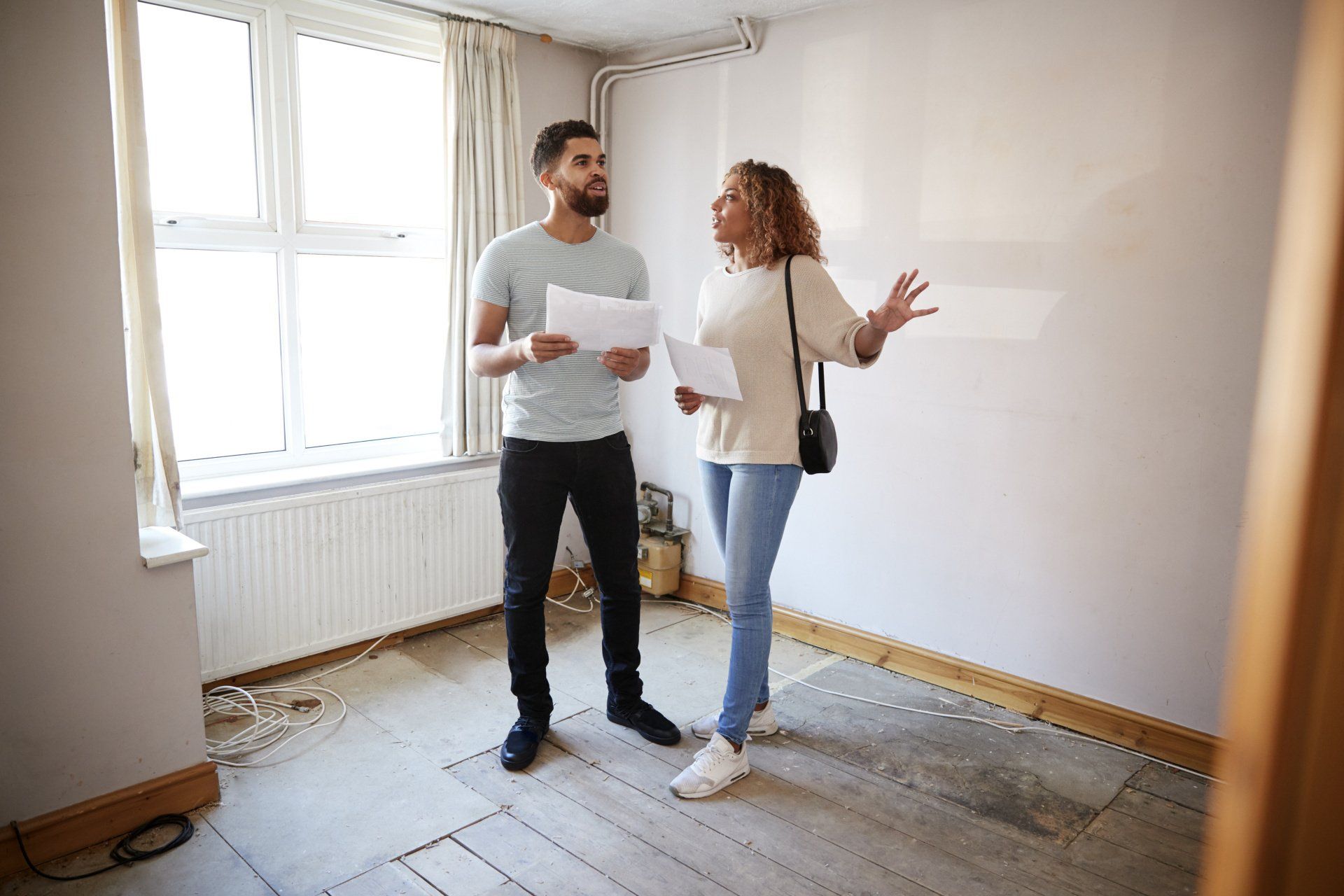Helpful Tools for First-Time Homebuyers
Government back-up for buying your first home

Given the increased cost of living and high interest rates seen across Canada, the barriers to first-time home ownership seem higher than ever. Fortunately, there are a couple of federal programs to help put home ownership within reach of first-time buyers.
Home Buyers’ Plan
For many first-time homebuyers, coming up with a down payment is a giant hurdle. The Home Buyers’ Plan aims to make this a little easier by allowing Canadians to withdraw up to $60,000 from their RRSPs, tax-free, to purchase or build a first home.
There’s a bit of fine print to keep in mind with this program, including:
- You must meet the federal government’s criteria for a first-time home buyer. This means that you did not occupy a home that you owned or that your current spouse or common-law partner owned in the four years prior to your home purchase.
- You must have a written agreement to buy or build a qualifying home. A mortgage pre-approval does not count.
- You must intend to occupy the qualifying home as your principal place of residence within one year after buying or building it.
- You can withdraw funds from more than one RRSP as long as you are the owner of each RRSP account. Some RRSPs, such as locked-in or group RRSPs, do not allow you to withdraw funds from them.
- You cannot use any amount transferred from your First Home Savings Account (FHSA) to your RRSP for HBP purposes and you cannot repay your HBP withdrawals into your FHSA.
- You must return the amount you withdrew back into your RRSP within 15 years.
- You can cancel your Home Buyers Plan participation under certain conditions.
The First Home Savings Account (FHSA)
A self-directed First Home Savings Account (FHSA) is a registered savings account for first-time home buyers to grow their savings, tax-free for the purchase of their first home.
An FHSA combines some features of an RRSP and TFSA and allows prospective first-time home buyers to contribute $8,000 per year to a maximum of $40,000 over 15 years. Contributions to an FHSA will be tax-deductible like and RRSP. When a qualifying withdrawal is made, the amount withdrawn is non-taxable, like a TFSA.
Similar to a TFSA, unused contribution amounts can be carried forward to the next year, making your yearly savings goals work for you. Once you've purchased a home, any unused savings can be transferred from your FHSA into an RRSP or RRIF tax-free.
The fine print:
- You must meet the federal government’s criteria for a first-time home buyer. This means that you did not occupy a home that you owned or that your current spouse or common-law partner owned in the four years prior to your home purchase.
- You are a resident of Canada and between the ages of 18 and 71 as of December 31 the year you open your FHSA.
- Withdrawals are subject to a few rules:
- You must be a first-time home buyer for the purposes of making a qualified withdrawal.
- You must have a written agreement to buy or build a qualifying home with the acquisition or completion date of the qualifying home before October 1 of the year following the date of the withdrawal.
- You must not have acquired the qualifying home more than 30 days before making the withdrawal.
- You must be a resident of Canada and plan to occupy the qualifying home as your principal place of residence within one year after buying or building it.
- You cannot cancel a qualifying withdrawal from your FHSA once it has been made.
You can withdraw amounts from your RRSPs under the Home Buyers' Plan and make a qualifying withdrawal from your FHSA for the same qualifying home as long as you meet all of the conditions at the time of each withdrawal.
Learn more about federal programs for home buyers:
Questions?
Get in touch. We're happy to help.


